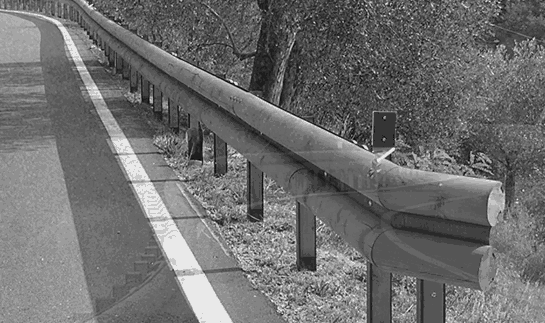Abstract
The Piaggio Group is the largest European manufacturer of two-wheel motor vehicles, and one of the world leaders in its sector. The Group is also a major international player in the three-and four-wheel light transport sector. The connecting rod is one of the most important components in powertrain systems, so it requires very careful structural analyses because its failure implies serious damage to the entire engine.
Piaggio is developing a new twin-engine for motorbike applications, and consequently paid particular attention to the development of the connecting rod. This technical case study explains how the engineers investigated the soundness of the design by means of CAE simulations. Firstly, a multibody model was implemented to evaluate the dynamic loads over time, after which it was possible to verify the safety of the part’s design using various structural performance assessments, including buckling, hardware design deformations under operating conditions, and durability. Piaggio finds that the use of CAE in the early design stages saves design time, and, therefore, money, and improves product competitiveness.
Read the article


